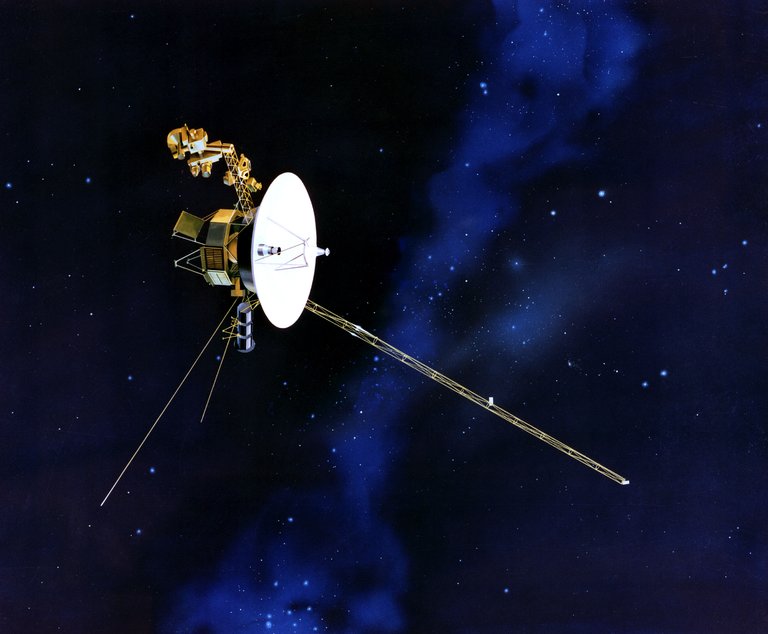Second passenger

42 years ago NASA launched two Voyager 1 and Voyager 2 probes, both equal, with 16 days difference. They had to explore distant planets of the Solar System. One ahead and the other behind, both made the same path to Jupiter. From there, they took a different route. Also very different, today they are far away. However, both visited Saturn and then advanced. He also visited Voyager and Neptune. It was a great data collection with the technology of the 70s.
The problem is that the two probes have not stopped and have left the solar system in this decade. Voyager 1 in 2012 and Voyager 2 in 2018. Scientific news headlines said they have escaped the influence of the Solar System. But what does that mean? Sometimes, trying to write thick phrases, we don't make it clear what we mean. The phrase is not entirely correct. Fleeing the influence of the sun... Of course not. The gravity of the Sun is there, of course, and affects the Vogayer probes. The farther they are, the less they impact, but to say that they have escaped that influence is not correct.
When we talk about the influence of the sun we talk about the influence of the solar wind. The sun emits charged particles into space, plasma. The word plasma is thus in physics, a fluid composed of pure electric charge. What the Sun emits is called solar wind. For example, this is the matter that causes the aurora borealis and the austral in the terrestrial poles. The Sun emits space, but it does not spread without limits. It reaches a place, a limit. If we look at another star in the solar system, we would see a bubble of particles and radiations. Very large, but limited. That's what Voyager 1 and 2 have left behind.
Well, the news this week is that the data taken by Voyager 2 has come to Earth and that data has brought a lot of information about the end of this bubble. Researchers have published six articles in the journal Nature Astronomy.
We call heliopause at the limit of the bubble. It must be said that the two spacecraft crossed that heliopause in different places and times, but that these two crossing points are almost at the same distance from the Sun, so the bubble seems quite symmetrical. However, the thickness of this limit was different at both points.
Therefore, the data shows us a new panorama. Formerly it was thought that the solar wind disappeared very gradually, following a gradient as it moved away from the Sun, and not. This plasma is up to a limit. I don't know. Perhaps if we had an astronomical spoon to shake that area, that heliopause would crumble. But since it does not exist, we have learned that the fluid also creates concrete limitations in space.
Buletina
Bidali zure helbide elektronikoa eta jaso asteroko buletina zure sarrera-ontzian











